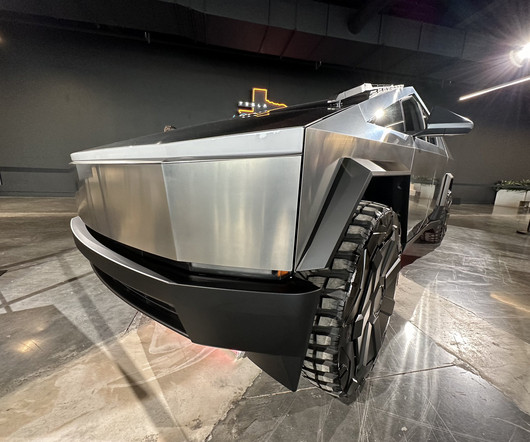Monash University team develops graphene-based supercapacitor with energy density of 60 Wh/L
Green Car Congress
AUGUST 3, 2013
A research team at Monash University (Australia) led by Professor Dan Li of the Department of Materials Engineering has developed a new strategy to engineer graphene-based supercapacitors (SC), resulting in an energy density of 60 Wh/liter—comparable to lead-acid batteries and around 12 times higher than commercially available SCs.















Let's personalize your content